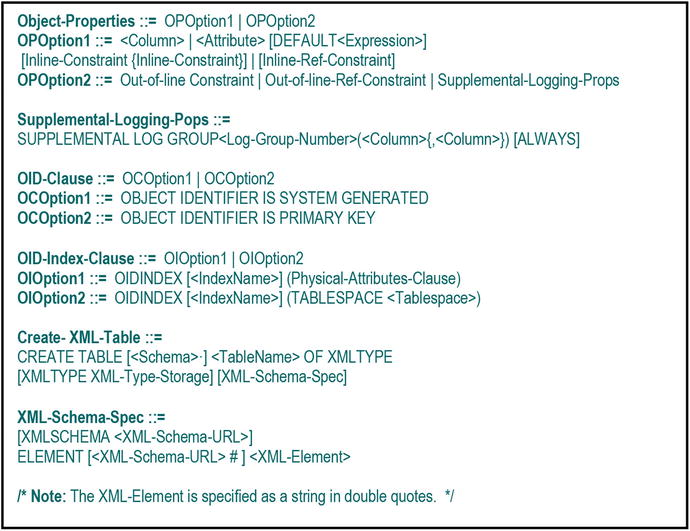Sql System-generated Primary Key That Is Usually Hidden From Users
17.12.2020 admin
-->
- Sql System-generated Primary Key That Is Usually Hidden From Users In Windows 10
- Sql System-generated Primary Key That Is Usually Hidden From Users List
- Sql System-generated Primary Key That Is Usually Hidden From Users List
Indexes record numbers automatically assigned and used by DBMS I Index Key from BCIS 4660 at University of North Texas. A is a system-generated primary key that is usually hidden from users surrogate key when a DBMS creates a key, it is usually an automatic numbering data type, such as the Access AutoNumber data type. I'm using Oracle's SQLDeveloper and trying to create some tables. My goal is to create a simple table, for example, with an auto-generated id together with a description. CREATE TABLE xpto ( id N.
- Modify Primary Keys.; 2 minutes to read; In this article. APPLIES TO: SQL Server 2016 and later Azure SQL Database Azure Synapse Analytics (SQL DW) Parallel Data Warehouse. You can modify a primary key in SQL Server 2019 (15.x) by using SQL Server Management Studio or Transact-SQL.
- At the most basic definition, 'a key is a unique identifier', so unique key is a pleonasm.Keys that are within their originating entity are unique within that entity. Keys that migrate to another entity may or may not be unique, depending on the design and how they are used in the other table.
- I am designing a table and I have decided to create an auto-generated primary key value as opposed to creating my own scheme or using natural keys. I see that SQL Server offers globally unique identifiers (GUIDs) as well as identities to create these valu.
You can define a primary key in SQL Server by using SQL Server Management Studio or Transact-SQL. Creating a primary key automatically creates a corresponding unique clustered index, or a nonclustered index if specified as such.
Before You Begin
Sql System-generated Primary Key That Is Usually Hidden From Users In Windows 10
Limitations and Restrictions
A table can contain only one PRIMARY KEY constraint.
All columns defined within a PRIMARY KEY constraint must be defined as NOT NULL. If nullability is not specified, all columns participating in a PRIMARY KEY constraint have their nullability set to NOT NULL.
Security
Permissions
/key-generation-algorithm-in-cloud-computing.html. Creating a new table with a primary key requires CREATE TABLE permission in the database and ALTER permission on the schema in which the table is being created.

Creating a primary key in an existing table requires ALTER permission on the table.
Using SQL Server Management Studio
To create a primary key
- In Object Explorer, right-click the table to which you want to add a unique constraint, and click Design.
- In Table Designer, click the row selector for the database column you want to define as the primary key. If you want to select multiple columns, hold down the CTRL key while you click the row selectors for the other columns.
- Right-click the row selector for the column and select Set Primary Key.
Caution
If you want to redefine the primary key, any relationships to the existing primary key must be deleted before the new primary key can be created. A message will warn you that existing relationships will be automatically deleted as part of this process.
Sql System-generated Primary Key That Is Usually Hidden From Users List
Microsoft publisher 2016 product key generator. A primary key column is identified by a primary key symbol in its row selector.
If a primary key consists of more than one column, duplicate values are allowed in one column, but each combination of values from all the columns in the primary key must be unique.
If you define a compound key, the order of columns in the primary key matches the order of columns as shown in the table. However, you can change the order of columns after the primary key is created. For more information, see Modify Primary Keys.
Using Transact-SQL
To create a primary key in an existing table
The following example creates a primary key on the column TransactionID in the AdventureWorks database.
To create a primary key in a new table
The following example creates a table and defines a primary key on the column TransactionID in the AdventureWorks database.
To create a primary key with clustered index in a new table
The following example creates a table and defines a primary key on the column CustomerID and a clustered index on TransactionID in the AdventureWorks database.